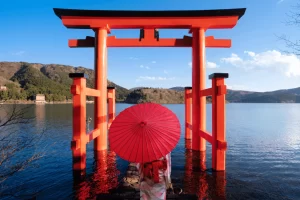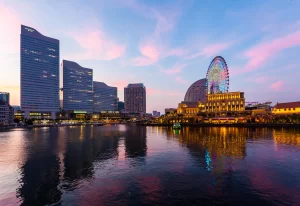Tokyo Airport Transfers: Getting to Hakone and Beyond Stress-Free
From Tokyo Airports to Hakone, How Best Should One Travel?
Arriving in Tokyo and looking for an easy way to reach Hakone? Whether you are arriving at Haneda Airport (HND) or Narita Airport (NRT), selecting the correct transfer will make all the difference between a seamless travel and a tense beginning of your vacation. Having so many choices—trains, buses, and private transfers—one might easily get overwhelmed.
This guide will dissect stress-free Tokyo airport transfers so you may experience a flawless travel to Hakone, well-known for its picturesque lakes, amazing hot springs, and clear views of Mount Fuji. We will discuss the finest routes from Narita and Haneda to Hakone so that you may ensure comfortable, quick, and reasonably priced travel.
Main Airports in Tokyo: Haneda (HND) and Narita (NRT)
Let us first quickly review the two main airports servicing Tokyo before exploring travel choices.
Narita International Airport (NRT)
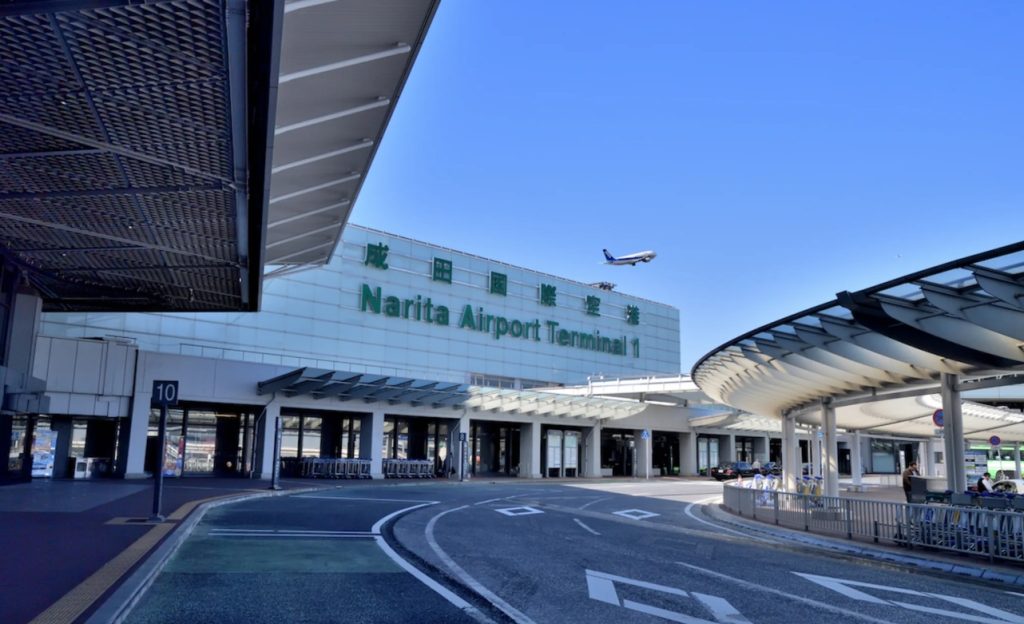
- Location: 60 km (37 miles) east of central Tokyo
- Best for: International flights, particularly long-haul routes
- Downside: Farther from Hakone, necessitating a lengthier transfer
- Transport options: Narita Express (N’EX), Shinkansen, buses, private transfers
Haneda International Airport (HND)
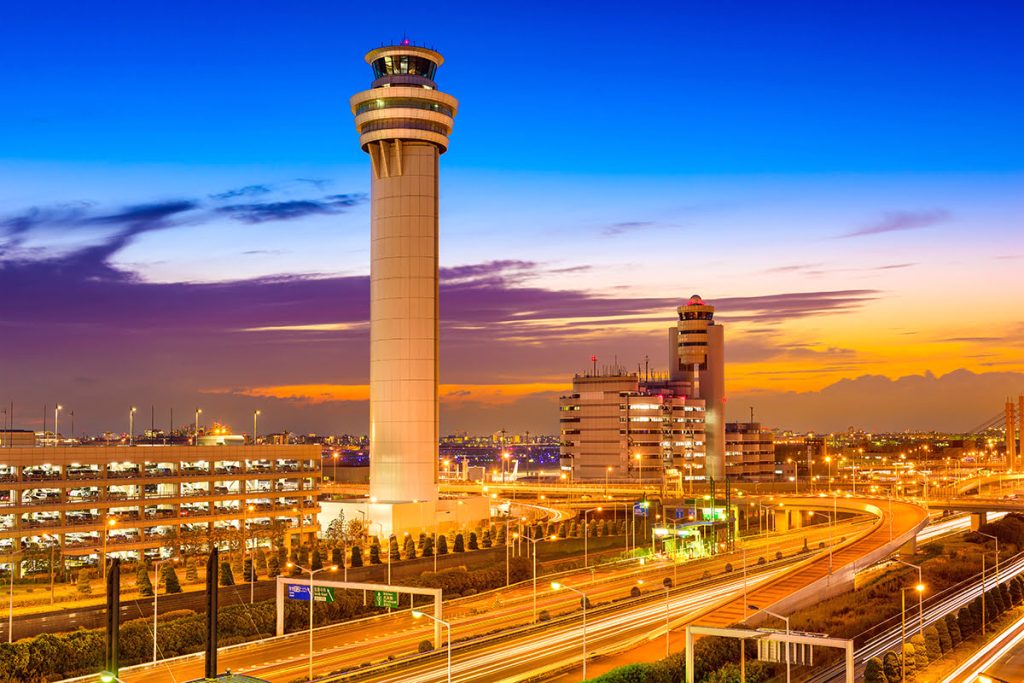
- Location: 15 km (9 miles) south of central Tokyo
- Best for: Domestic and short-haul international flights
- Advantage: Much closer to Hakone, hence facilitating a speedier travel
- Transport options: Keikyu Line, Shinkansen, buses, private transfers
Narita is, all things considered, longer and calls for more travel time; Haneda is closer and more practical for getting to Hakone. Whichever airport you land at, selecting the correct transfer can help your trip to be free from worry and seamless.
Let us now investigate the finest routes from every airport to Hakone! 🚄♨️
2. How Best to Get From Narita Airport (NRT) to Hakone?
The farther of Tokyo’s two main airports, Narita Airport is around 150 km (93 miles) from Hakone. Your selected mode of transportation can affect your travel duration; nonetheless, with careful preparation, your trip can be hassle-free.
A. By Train: Fast and Effective
Trains are the most dependable and effective means to get to Hakone while avoiding erratic road traffic. Here are your top choices:
1. Narita Express (N’EX) with Shinkansen via Tokyo Station → Odawara to Hakone

- Step 1: Travel around 55 minutes from Narita Express (N’EX) to Tokyo Station
- Cost: ¥3,070 (~$28 USD) (Free with JR Pass)
- Step 2: Move to the Tokaido Shinkansen for an approximately 35-minute journey to Odawara Station
- Cost: ¥3,740 (~$34 USD) (Free with JR Pass)
- Step 3: From Odawara, take the Hakone Tozan Railway or Hakone Tozan Bus to your final stop—about 15 to 30 minutes
- Cost: $4–$8 USD (¥420–¥900) per person (Free with JR Pass)
- Total Cost: About $66 USD (¥7,200)
✅ Pros: ✔ Comfortable seating and large luggage storage ✔ Fastest approach to Hakone from Narita ✔ JR Pass users can utilize this path free of further expenses
❌ Cons: ✖ Requires several transfers ✖ Shinkansen ticket increases the overall expenses
2. Narita Express (N’EX) + Odakyu Romancecar via Shinjuku → Hakone-Yumoto
- Step 1: Travel ~90 minutes from Narita to Shinjuku Station via N’EX
- Cost: $28 USD (¥3,070) (Free with JR Pass)
- Step 2: Take the Odakyu Romancecar, a direct scenic train (~85 minutes) to Hakone-Yumoto
- Cost: $17 USD (¥1,870)
- Total Cost: About $45 USD (¥4,940) per person (N’EX portion free with JR Pass, Romancecar not included)
✅ Pros: ✔ Direct train from Shinjuku to Hakone—no additional stops ✔ Easy, picturesque rural ride
❌ Cons: ✖ Odakyu Romancecar requires a reservation ✖ Longer travel time than the Shinkansen route
B. By Bus: Easy but Not Quick
- Direct airport limousine bus to Yokohama Station, followed by a train or highway bus to Hakone
- Travel time: 3.5 to 4 hours, depending on traffic
- Perfect for: Those who prefer fewer transfers and are fine with some delays
- Cost: About $35 to $40 USD
C. Private Transfer: The Simplest Solution
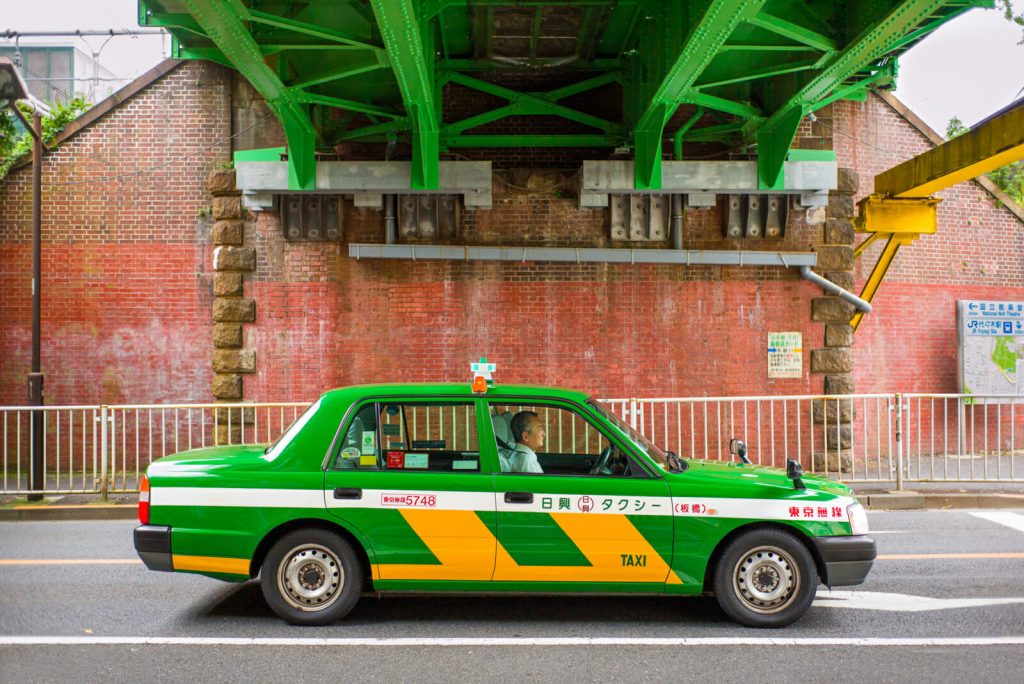
Booking a private transport or taxi from Narita to Hakone provides perfect convenience.
- Journey duration: 2.5 to 3 hours (depending on traffic)
- Best for: Families, groups, or those carrying large luggage
- Cost: $250–$400 USD
Narita to Hakone: Comparison of Transportation Choices
| Mode of Transport | Travel Time | Cost | Comfort Level |
| N’EX + Shinkansen | ~2.5 hours | ~$66 | High |
| N’EX + Romancecar | ~3 hours | ~$45 | Medium |
| Airport Limousine Bus | ~3.5–4 hours | ~$35-40 | Low |
| Private Car/Taxi | ~2.5–3 hours | ~$250-400 | High |
3. How Best to Get from Haneda Airport (HND) to Hakone?
With Haneda Airport around 100 km (62 miles) from Hakone, the travel is faster and simpler.
A. By Train: Most Dependable and Fastest
1. Keikyu Line via Shinagawa → Odawara → Hakone with Shinkansen

- Step 1:Keikyu Line from Haneda to Shinagawa Station (~20 minutes)
- Cost: $3 USD (¥300)
- Step 2: Transfer to Hikari/Kodama Shinkansen to Odawara
- Cost: ¥2,640 ($21 USD) (Free with JR Pass)
- Step 3: From Odawara, take the Hakone Tozan Railway or Bus (~15–30 minutes)
- Cost: $4–$8 USD (¥420–¥900) (Free with JR Pass)
- Total Cost: $28–$32 USD (¥3,360–¥3,840)
✅ Pros: ✔ Fastest route from Haneda to Hakone ✔ Shinkansen offers high-speed comfort
❌ Cons: ✖ Requires transfers at Odawara and Shinagawa
2.Haneda Airport to Hakone by Keikyu + Odakyu Romancecar
- Step 1: Take the Keikyu Line from Haneda Airport to Shinagawa Station (approximately 20 minutes).
- Cost: $6 USD (¥610)
- Step 2: At Shinagawa Station, transfer to the Odakyu Romancecar bound for Hakone-Yumoto Station.
- Duration: Approximately 85 minutes
- Cost: $17 USD (¥1,870)
- Step 3: After arriving at Hakone-Yumoto, you can take the Hakone Tozan Railway or a bus to your specific destination within Hakone.
- Total Cost: Around $23 USD (¥2,480) per person
Pros:
✅ Direct train service from Shinagawa to Hakone without transfers.
✅ Comfortable Romancecar, with reserved seats and large windows offering scenic views of the countryside and Mount Fuji.
✅ One of the more affordable luxury options for a comfortable ride.
Cons:
❌ Limited availability compared to other options, with only a few Romancecar trains running per day.
❌ May require waiting at Shinagawa Station if you miss your connection.
💡 Tip: The Romancecar offers great views during your ride, making it a perfect choice if you’re looking for a more scenic and relaxing transfer to Hakone.
B. Bus: Affordable Yet Slow
- Direct airport limousine bus from Haneda to Hakone via Yokohama
- Travel time: 2.5 to 3 hours (traffic-dependent)
- Cost: $25–$35 USD
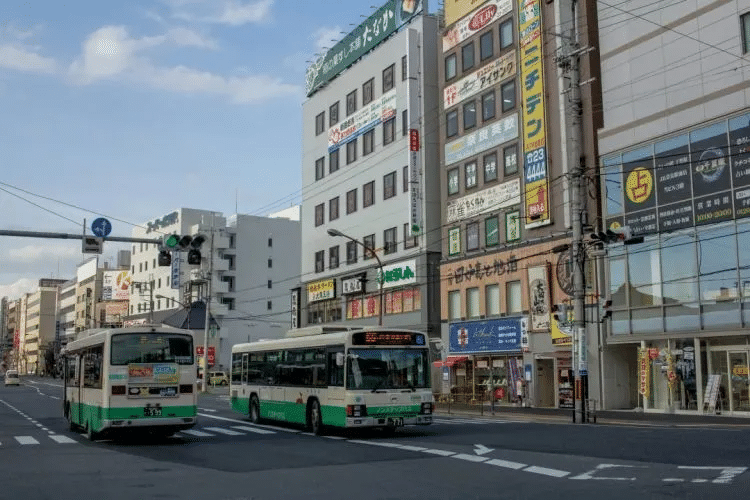
C. Private Transfer: Luxury and Convenience
- Journey duration: 1.5 to 2 hours
- Cost: $150–$300 USD
Haneda to Hakone: Comparison of Transportation Choices
| Mode of Transport | Travel Time | Cost | Comfort Level |
| Keikyu + Shinkansen | ~1.5 hours | ~$28-32 | High |
| Keikyu + Romancecar | ~2 hours | ~$23 | Medium |
| Airport Limousine Bus | ~2.5–3 hours | ~$25-35 | Low |
| Private Car/Taxi | ~1.5–2 hours | ~$150-300 | High |
4. Explore Local Areas Beyond Hakone
Though Hakone is a great location on its own, it also acts as a portal to other amazing locations. If you have spare time, think about seeing neighboring cultural treasures, picturesque scenery, and ancient monuments outside of Hakone. From Hakone, these are some of the greatest side trips available.
A. Gotemba: Views on Mount Fuji and Shopping
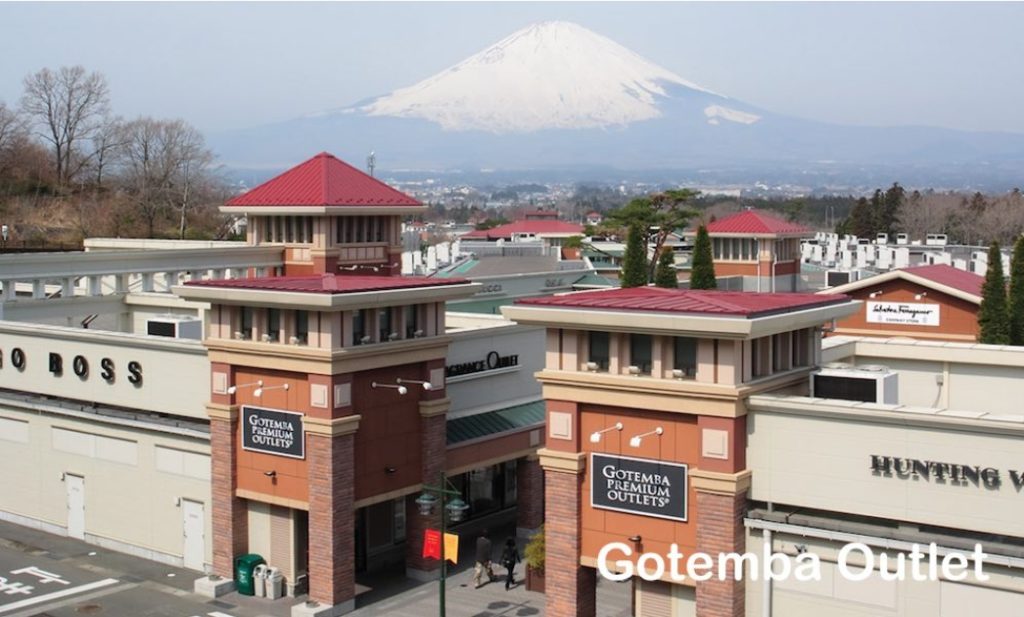
Gotemba, which is about thirty minutes from Hakone, is well-known for its panoramic views of Mount Fuji and outlet shopping. This is the ideal visit if you like to mix some shopping therapy with sightseeing.
- 🗻 Mount Fuji Viewing Spots – On clear days, you’ll get unhindered views of Fuji from several locations in the city.
- 🍜 Local Eats – Try Gotemba’s famous soba noodles or grab a coffee at a café with Fuji views.
How would one go from Hakone to Gotemba?
- By Bus: $8 USD, 30–40 minute Hakone Tozan Bus
- By Train: 50-minute, $10 USD, Hakone Tozan Railway from Odawara JR Gotemba Line
Tip: Get early in the morning to enjoy the greatest Mount Fuji views before clouds cover Gotemba.
B. Lake Kawaguchi: Notable Mirror Site for Fuji
One of the greatest locations to close-up observe Mount Fuji is Lake Kawaguchi (Kawaguchiko). About 90 minutes from Hakone, this picturesque lake has outdoor sports, hot springs, and breathtaking scenery.
Activities Available at Lake Kawaguchi:
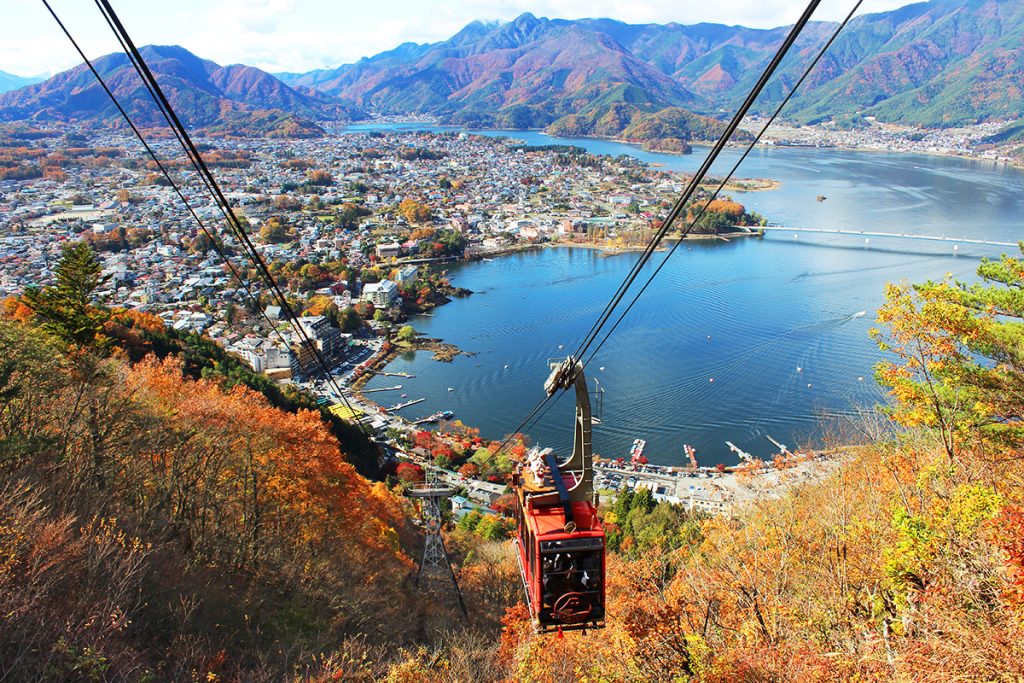
- 🚠 Kachi Kachi Ropeway: Clutch the cable car for an amazing view of Fuji soaring across the lake.
- 🏞 Cycling Around the Lake: Rent a bike and ride around the coastline for some of the greatest Fuji picture locations.
- 🏯 Chureito Pagoda: Especially breathtaking in cherry blossom season, this is a famous Fuji + pagoda picture site.
How can one reach Lake Kawaguchi from Hakone by bus?
- Fujikyu Bus from Gotemba (1.5 hours, $12 USD)
- 2.5 hours, $20 USD: Hakone Tozan Railway to Odawara JR Gotemba Line Fujikyu Railway
Tip: Autumn and spring, when the cherry blossoms or greenery elegantly frame Fuji, Lake Kawaguchi is particularly breathtaking.
C. Izu Peninsula: Onsen Paradise and Beaches
The Izu Peninsula, which is about two hours from Hakone and well-known for its ocean vistas, white sand beaches, and leisurely hot springs, is your perfect seaside escape.
- 🌊 Jogasaki Coast – A picturesque coastline with hiking paths and dramatic cliffs.
- ♨️ Atami Onsen – A well-known coastal hot spring town with ocean-view spas.
- Shirahama Beach – White sand, turquoise seas, and a laid-back vibe.
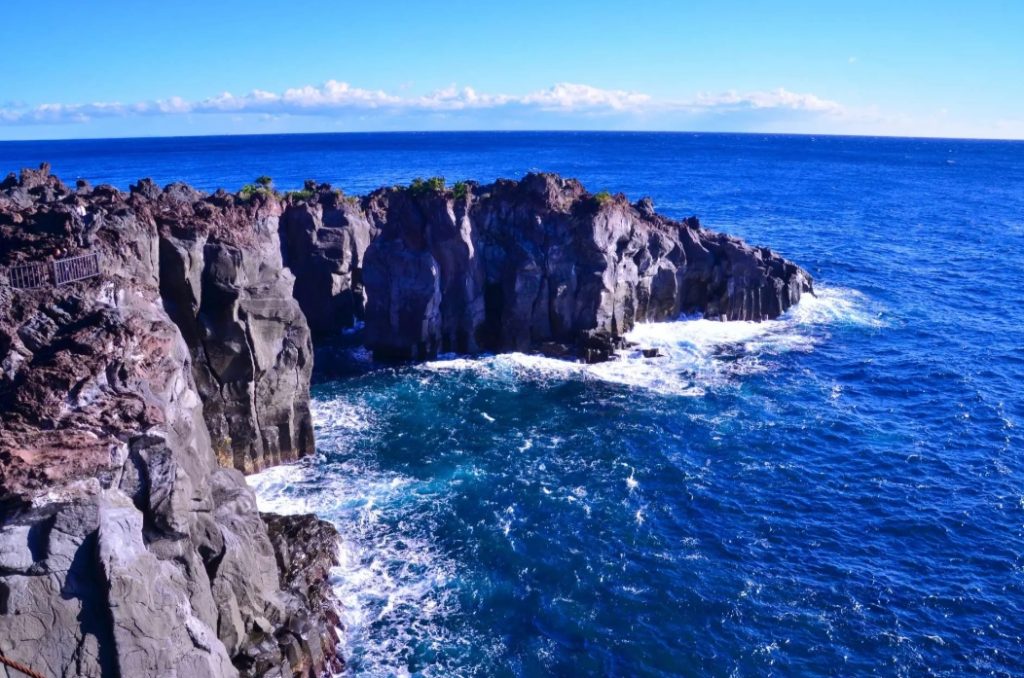
How one may reach Izu from Hakone?
- By Train: 1.5 to 2 hours, $20 USD, Odakyu Line to Atami JR Ito Line
- By Bus: 2.5 hours, $18 USD, limited express bus from Hakone-Yumoto
Tip: Especially in summer when Tokyo gets too hot, the Izu Peninsula is fantastic for a leisurely beach getaway!
D. Kamakura: Temples, Bamboo Forests, and the Great Buddha
Old coastal city Kamakura is well-known for its tranquil bamboo trees, massive Buddha, and historical temples. Often referred to as “the Kyoto of Eastern Japan,” it’s a quick day excursion from Hakone.
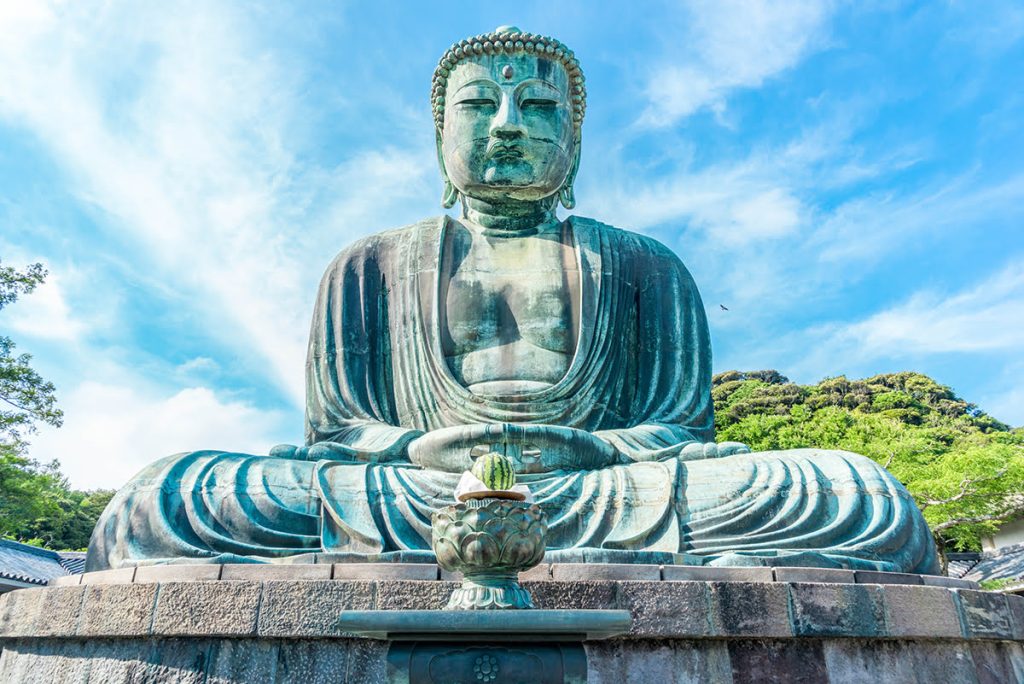
Activities to Do in Kamakura:
- 🌊 Enoshima Island – A picturesque coastal island with beaches, temples, and sea caves.
- 🏯 Kotoku-in Temple – Home of the Great Buddha (Daibutsu), a soaring bronze monument.
- 🌺 Hokoku-ji Bamboo Forest – A calm bamboo forest with a traditional tea shop.
How may one reach Kamakura from Hakone?
- 1.5 hours, $15 USD: Hakone Tozan Railway Odawara JR Yokosuka Line
Tip: Kamakura is best seen on foot or by renting a bike; avoid missing Komachi Street for mouthwatering street cuisine including fresh fish and matcha ice cream!
5. Advice for a Trip to Hakone and Beyond Free from Stress
Having the Knowledge of How to Approach Hakone
Having the knowledge of how to approach Hakone without experiencing any stress and what to look into in the surrounding area will assist you in reviewing some fundamental travel recommendations in order to secure even better travel circumstances.
When is the Best Time to Visit Hakone Park?
Even though the experience changes depending on the season, Hakone is beautiful throughout the entire year.
If you want to avoid crowds and prevent yourself from being affected by Japan’s major holidays, such as Golden Week and New Year’s celebrations, you should go during the weekdays.
Financial Methods and Methods of Payment
Cash is still used in some areas of Hakone, despite the fact that Japan is a highly developed nation.
The following forms of payment are accepted in major stations, hotels, and stores:
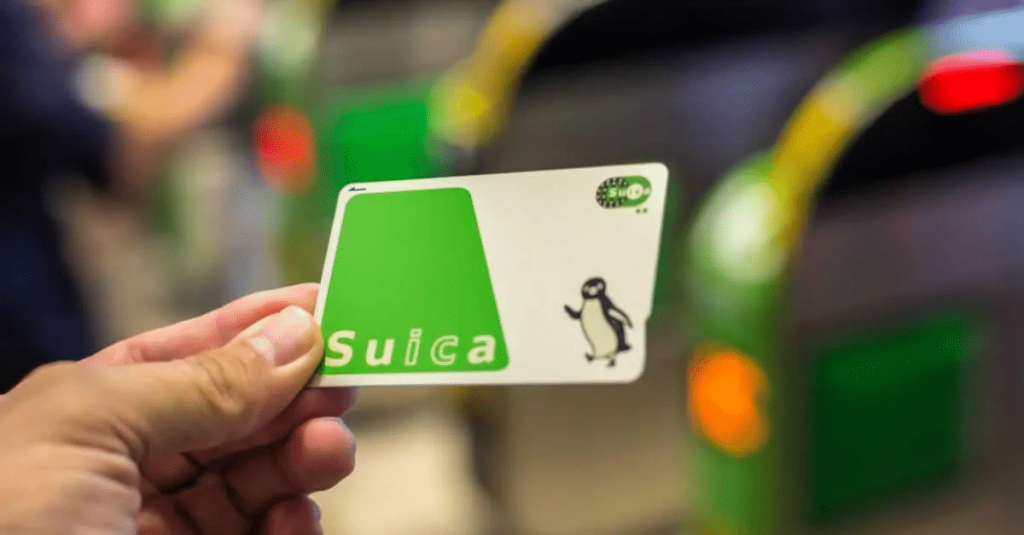
- 💳 Credit Cards and IC Cards (Suica/Pasmo).
- 💴 Cash (Japanese Yen) — Required for local businesses, tiny eateries, and buses. As a helpful hint, you should withdraw money from 7-Eleven ATMs because the majority of international cards are accepted there.
Advice on Packing for Hakone
Considering the rapid temperature shifts that occur in Hakone, it is vital to pack strategically.
- ✅ Shoes that fit comfortably for walking: Hiking is required for sightseeing because many of the highways are located in mountainous areas.
- Light Layers: The temperatures in the alpine region drop significantly, particularly during the nighttime hours.
- If you are planning to visit an onsen that features outdoor pools, it is advisable to consider bringing a pocket Wi-Fi or SIM card with you. This is because Wi-Fi connectivity is limited in isolated areas such as Hakone.
- It is not necessary to bring additional sleepwear with you because ryokans, which are traditional inns, provide yukatas, which are cotton robes, as well as slippers.
Communication and the Transmission of Messages
Smaller restaurants and ryokans may not have English signage, despite the fact that the majority of major stations in Tokyo and Hakone do.

- 📱 Google Translate is an excellent tool for obtaining directions and menus.
- 📍 Pointing & Photos: If you are uncertain about your destination, you can display a photo of it.
Learning a few basic Japanese words, such as “Arigato” (which means “thank you”) and “Sumimasen” (which means “excuse me”), can be of great use in the future.
6.Your Complete Stress-Free Hakone Adventure and Tokyo Airport Transfer
After we have discussed all the transfer choices, let’s divide them into who should use which depending on priorities, travel style, and financial situation.
| Traveler Type | Ideal Transfer Method | Why? |
| Financial Plan Travelers | Odakyu Romancecar; Train | Reasonably priced and picturesque |
| Shinkansen via Odawara | Fastest Route Seekers | The fastest method to Hakone |
| Families with Kids | Limousine Bus, either private or public transfer | Not transfers, simple for children |
| Travelers Without Packages | Train + Luggage Distribution | Travel light and stress-free |
| Luxurious Travelers | Private Vehicle | Cozy, straight, and handy |
💡 Bonus Tip: Steer clear of Golden Week, New Year’s, and Obon, Japan’s busiest travel times as transit may be somewhat packed.
From selecting the best airport ride to discovering Hakone’s hidden treasures, advance planning guarantees a flawless and stress-free Tokyo airport transfer experience.
✅Choose the correct rail, bus, or private automobile for your needs.
✅Use luggage delivery services for hands-free travel.
✅Grab a Hakone Free Pass to cut transportation costs.

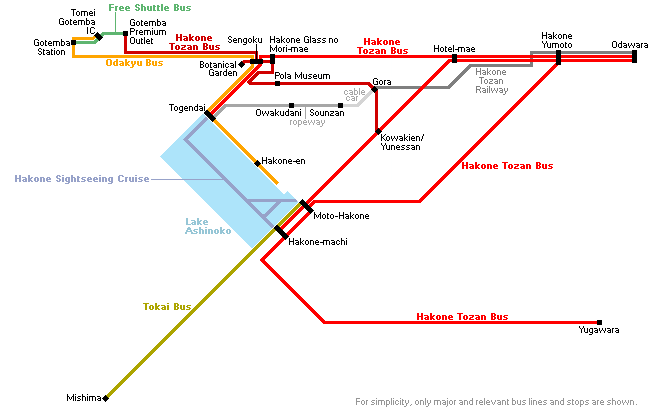
✅Venture outside of Hakone to Gotemba, Kawaguchi, Izu, and Kamakura.
✅Travel smart using cash, layers, and simple Japanese language.
All that remains now is to unwind in an onsen, see Mount Fuji, and take in Japan’s amazing hospitality

